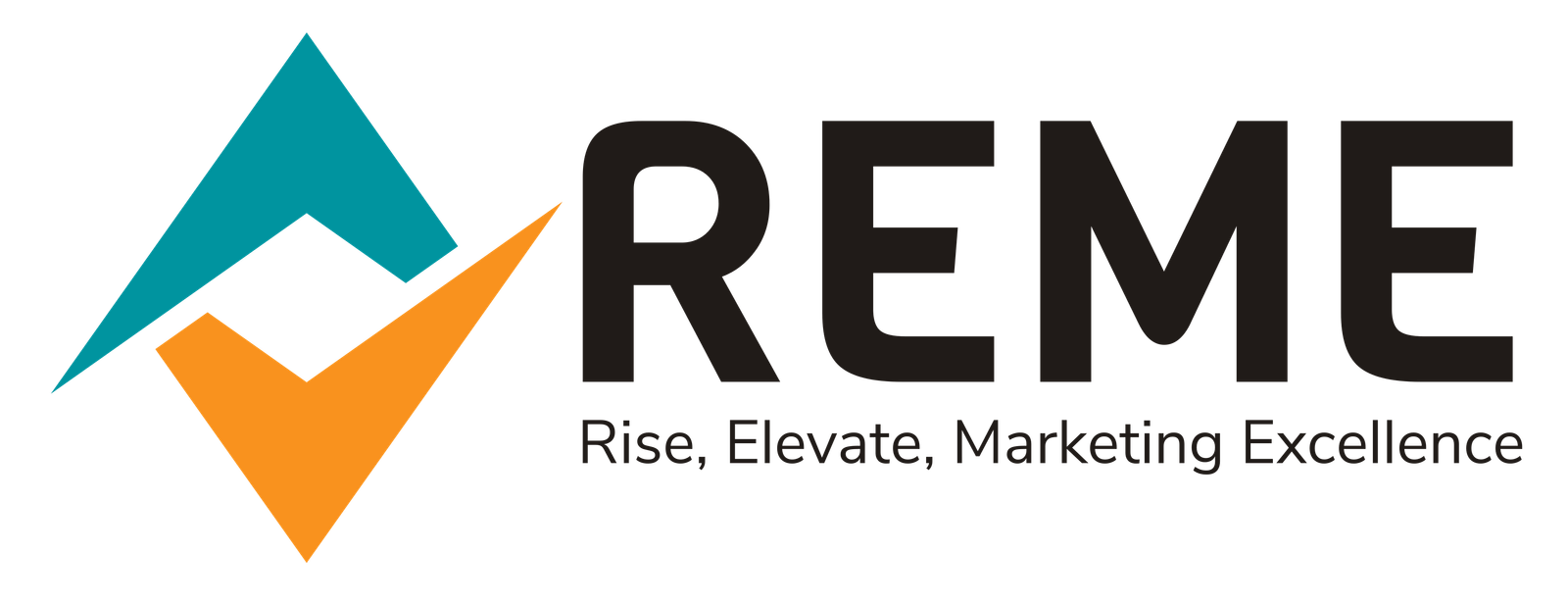1. **FANS:**
– Refers to the number of individuals or users who have liked your Facebook page.
– Building a substantial fan base is crucial for reaching a wider audience.
2. **ENGAGEMENT:**
– Focuses on creating content that encourages interaction and participation from your audience.
– Examples include likes, comments, shares, and clicks on your posts.
3. **TIMELINE:**
– Represents the chronological display of your posts on your Facebook page.
– Consistent and well-timed posting is essential for maintaining an active timeline.
4. **ADS:**
– Involves utilizing Facebook’s advertising platform to promote your products, services, or content.
– Allows for targeted advertising based on demographics, interests, and behaviors.
5. **INSIGHTS:**
– Refers to Facebook’s analytics tool that provides data and metrics about your page’s performance.
– Helps you understand your audience, track engagement, and measure the effectiveness of your marketing efforts.
6. **SHARE:**
– Encourages users to distribute your content to their own networks.
– Shares can significantly amplify the reach of your posts.
7. **MONETIZATION:**
– Involves earning revenue directly from your Facebook presence.
– This can include ad revenue, sponsored content, or selling products/services directly on the platform.
8. **CONTESTS:**
– Running contests or giveaways on Facebook to increase engagement and attract new followers.
– Contests can be a fun way to interact with your audience and create excitement around your brand.
Developing a comprehensive Facebook marketing strategy involves a combination of these elements to create a well-rounded and effective online presence. It’s important to regularly assess the performance of your efforts through insights and adjust your strategy accordingly.


Leave a comment